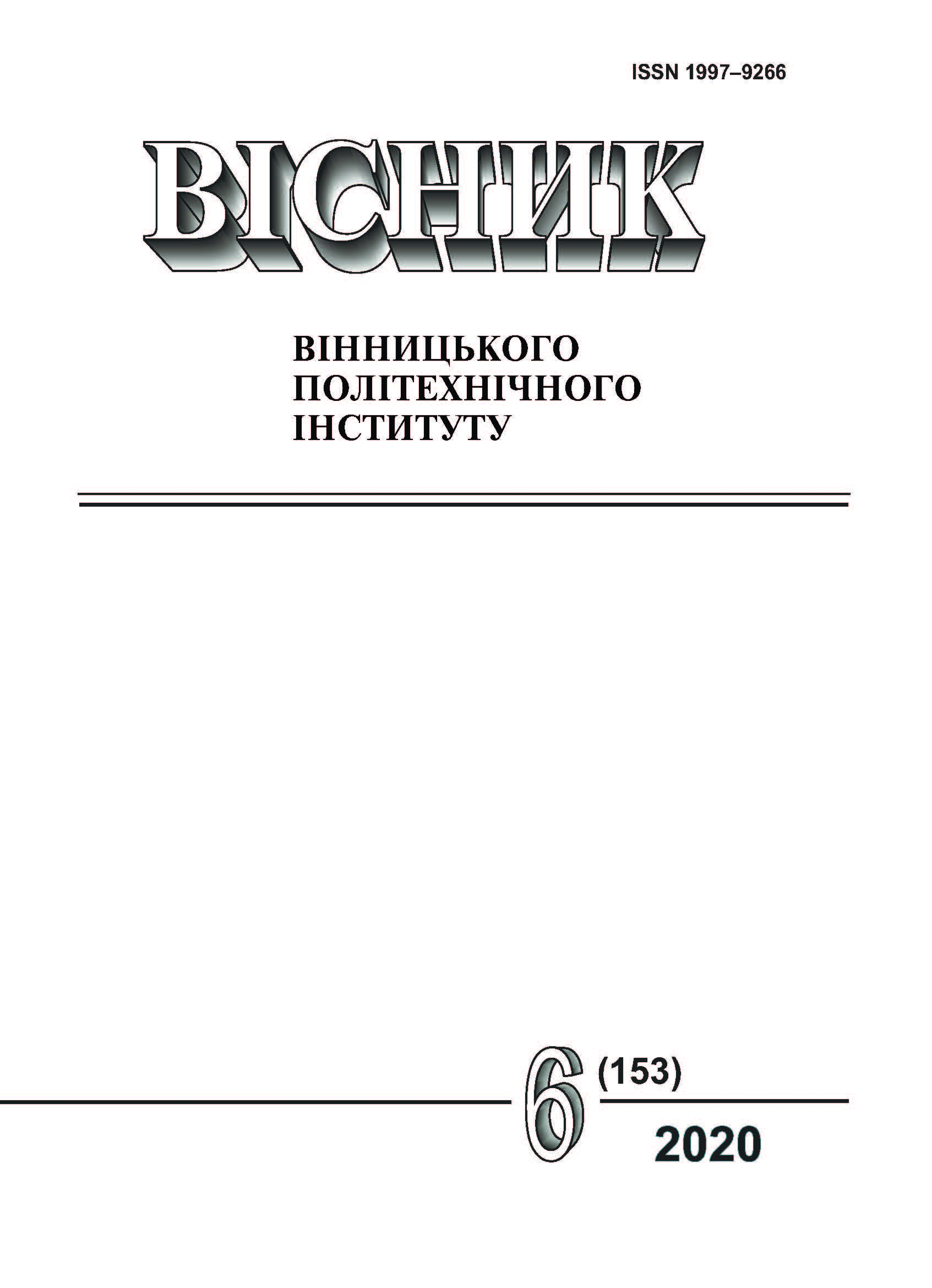Investigation of Factors of Influence on Evaluation of Main Parameters of Wireless Channels of 802.11 Standard
DOI:
https://doi.org/10.31649/1997-9266-2020-153-6-107-114Keywords:
wireless channel, 802.11 standard, effective data rate, signal strength, factor of influence of the receiving-transmitting tractAbstract
The main structural unit of 802.11 networks is the wireless channel. Its characteristics are influenced by a large number of destabilizing factors. The most reliable way to assess such factors is experimental research and the creation of empirical models based on them. The use of such models makes it possible to predict the efficiency of channels at the design stages and during connection to networks for fixed and mobile subscribers.
To determine the factor influencing the characteristics of 802.11 devices from different manufacturers, empirical studies were conducted on the basis of an 802.11 wireless network, where there was one wireless channel based on a radio circuit and with minimal interference. The main parameters for the study were selected , such as effective data rate, bandwidth, signal strength at the input of the receiver.
Based on the results of empirical research, new empirical models for estimating the basic parameters of 802.11 wireless channels on the basis of empirical research using monitoring algorithms are proposed. A feature of the proposed models is the ability to establish the factor of influence of the parameters of the receiving and transmitting equipment of different manufacturers, taking into account the length of the channel and the factor of limiting the speed of the internal data bus.
Studies of the obtained models have shown that the decay coefficients have a negligible influence on the evaluation of the main parameters of the channel, but they are more dependent on other influencing factors. In most cases, differences in the transceiver path of different manufacturers can be estimated based on the initial levels of the models. Such parameters can be measured at a specific control point and evaluated along the entire length of the channel directly for the device under study using monitoring algorithms.
References
D. Liu, et al., “WLAN new technologies in IEEE 802.11,” in XXXIth URSI General Assembly and Scientific Symposium (URSI GASS), 2014. https://doi.org/10.1109/URSIGASS.2014.6929347 .
A. Ausaf, M. Z. Khan, M. A. Javed, and A. K. Bashir, “WLAN Aware Cognitive Medium Access Control Protocol for IoT Applications,” Future Internet 2020, № 12 (1), pp. 1-21, 2020. https://doi.org/10.3390/fi12010011 .
D. Mykhalevskiy, N. Vasylkivskiy, and O. Horodetska, “Development of a mathematical model for estimating signal strength at the input of the 802.11 standard receiver,” Easten-European Journal of Enterprise Technologies, № 4/9 (88), pp. 38-43, 2017. https://doi.org/10.15587/1729-4061.2017.114191 .
D. V. Mykhalevskiy, and V. M. Kychak, “Development of information models for increasing the efficiency of evaluating wireless channel parameters of 802.11 standard,” Latvian journal of physics and technical sciences, № 2, pp. 41-51. 2019. https://doi.org/10.2478/lpts-2019-0009 .
D. V. Mykhalevskiy, “Investigation of sensitivity impact of receiver to effective data transmission rate,” Proceeding of the 1th IEEE International Conference on Data Stream Mining & Processing, 23-27 August 2016, Lviv, Ukraine, pp. 369-372.
D. V. Mykhalevskiy, “Investigation of wireless channels of 802.11 standard in the 5GHz frequency band,” Latvian journal of physics and technical sciences, № 1, pp 41-51, 2019. https://doi.org/10.2478/lpts-2019-0004 .
D. V. Mykhalevskiy, and O. S. Horodetska, “Investigation of wireless channels according to the standard 802.11 in the frequency range of 5 GHz for two subscribers, Journal of Mechanical Engineering Research & Developments (JMERD), № 42 (2), pp. 50-57, 2019. https://doi.org/.26480/jmerd.02.2019.50.57 .
D. Mykhalevskiy, “Development of the method of evaluation of effective data rate on the basis of empirical model of statistical relationship of basic parameters for the wireless channel 802.11 standard,” Easten-European Journal of Enterprise Technologies, № 5/9 (107), pp. 26-35, 2020. https://doi.org/10.15587/1729-4061.2017.114191 .
D. Mykhalevskiy, Construction of mathematical models for the estimation of signal strength at the imput to the 802.11 standard receiver in a 5 GHz band. Easten-European Journal of Enterprise Technologies, № 6/9 (96), pp. 16-21, 2018. https://doi.org/10.15587/1729-4061.2018.150983.
Downloads
-
PDF (Українська)
Downloads: 86
Published
How to Cite
Issue
Section
License

This work is licensed under a Creative Commons Attribution 4.0 International License.
Authors who publish with this journal agree to the following terms:
- Authors retain copyright and grant the journal right of first publication.
- Authors are able to enter into separate, additional contractual arrangements for the non-exclusive distribution of the journal's published version of the work (e.g., post it to an institutional repository or publish it in a book), with an acknowledgment of its initial publication in this journal.
- Authors are permitted and encouraged to post their work online (e.g., in institutional repositories or on their website) prior to and during the submission process, as it can lead to productive exchanges, as well as earlier and greater citation of published work (See The Effect of Open Access).





